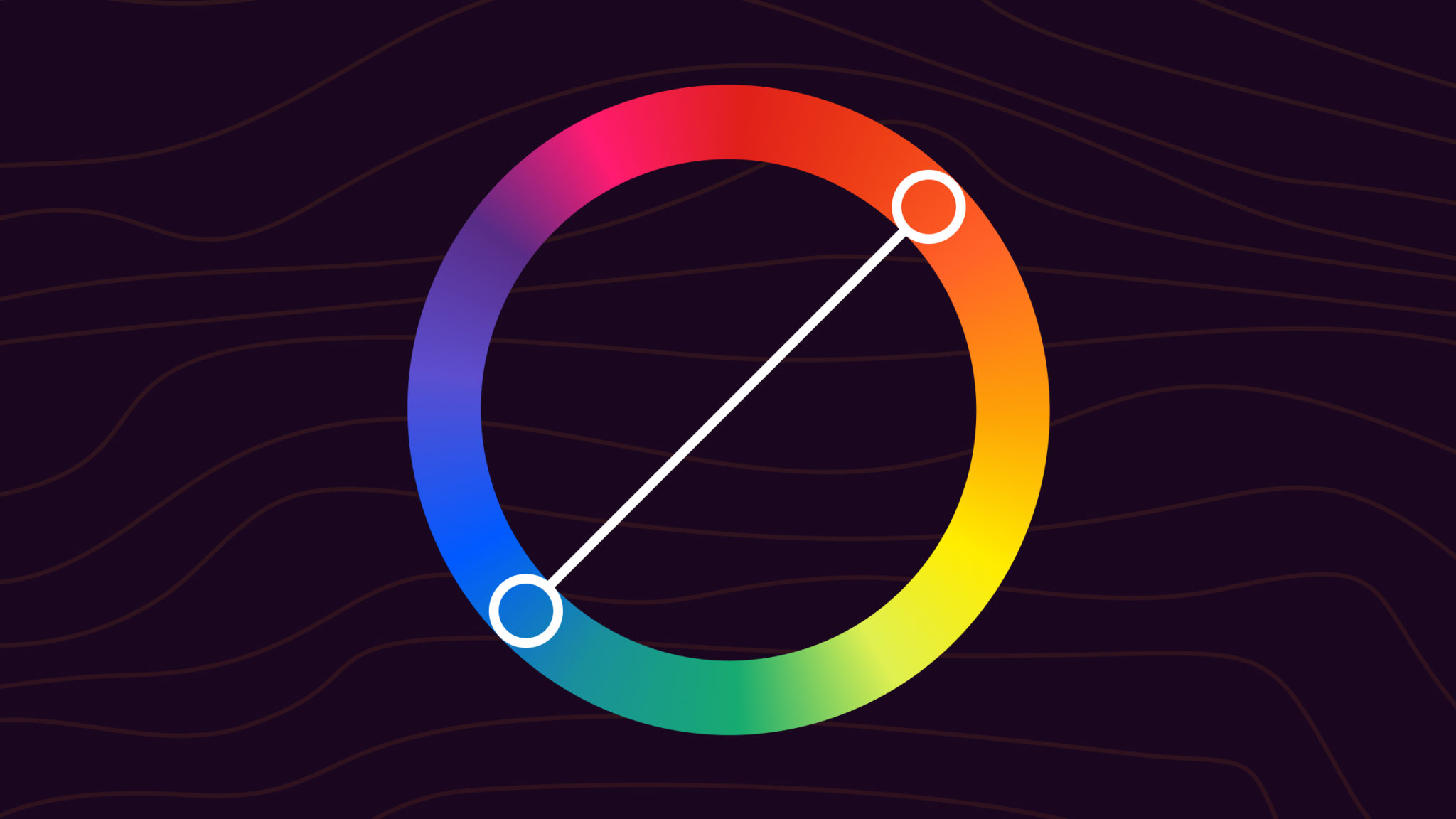Complementary colors can create a striking visual effect when used in a design. When used together, complementary colors can make each other pop! These colors are placed on opposite sides when displayed on a color wheel.
The Science Behind Complementary Colors
The scientific explanation for why complementary colors have such a strong visual impact is how our eyes perceive color. Our eyes see color by detecting different wavelengths of light. Each color is associated with a specific wavelength.
Red has the longest wavelength of any visible color, while violet has the shortest wavelength. The difference in wavelength between red and violet is pretty small, but our eyes can still detect the difference.

When we look at a colored object, it absorbs some light and reflects the rest. The light that is reflected enters our eye and hits the retina. The retina is a layer of light-sensitive cells located towards the rear of the eye. These cells are responsible for sending signals to the brain, which are interpreted as color.
There are three different types of cones in the retina, each sensitive to a different range of wavelengths. One type of cone is most sensitive to long wavelengths (red), another to medium wavelengths (green), and the third to short wavelengths (blue).
The brain combines input from all three types of cones to produce the color that we see. So, when we look at a color, our brain sees a mix of all three primary colors.
Complementary colors have such a strong visual impact because they are made up of two colors on opposite sides of the color wheel. This means they are made up of two colors that are very different in terms of wavelength.
Our eyes can detect these differences more easily, so the colors really stand out to us.
How to Use Complementary Colors in Design
If you want to create a design that pops, then using complementary colors is a great way to do it! Here are a few tips for how to use complementary colors in your designs:
Use Them Sparingly
Using too many complementary colors in your design can start to look a bit busy and overwhelming. It’s generally best to stick to just one or two complementary color pairs. Remember, with colors, if everything stands out, nothing stands out!
Create Contrast

One of the best ways to use complementary colors is to create contrast. For example, you could use a light blue background with a dark orange foreground. Or you could use a dark green textured image with a light-yellow background.
Let One Color Take Center Stage
If you want one of your colors to stand out, let it take center stage. For example, you could use a green foreground with a purple background. Or you could use a blue foreground with an orange background.
Use Them to Highlight Important Elements
If you want to draw attention to a particular element in your design, then using complementary colors is a great way to do it. For example, you could use a yellow button on a purple background. Or you could use an orange call-to-action on a blue website.
Balance Light And Dark Colors
When using complementary colors, it’s important to balance light and dark colors. If one color is too dominant, it can start to look unbalanced and odd. For example, if you use too much green in your design, it can begin to look like Christmas!
Examples of Complementary Colors
Here are some examples of complementary color pairs that you can use in your designs:
- Blue and orange: The two colors are opposite on the color wheel, creating a strong contrast.
- Red and green: These are often thought of as the colors of Christmas, so this pairing is often used in holiday designs.
- Yellow and purple: This color pair works well together. They are both very bright and can make a design pop.
- Pink and blue: These colors complement each other quite well. They are often used together in baby shower designs and various feminine designs.
- Orange and green: These colors are also opposite each other on the color wheel, and they create a strong contrast. This color pair is often used in autumnal designs.
Final Thoughts
Complementary colors are two colors opposite each other on the color wheel. They create a strong contrast, and our eyes can easily detect these differences. This makes them a great choice for use in design, as they can make a design pop. If you want to create a design that stands out, then using complementary colors is a great way to do it!

